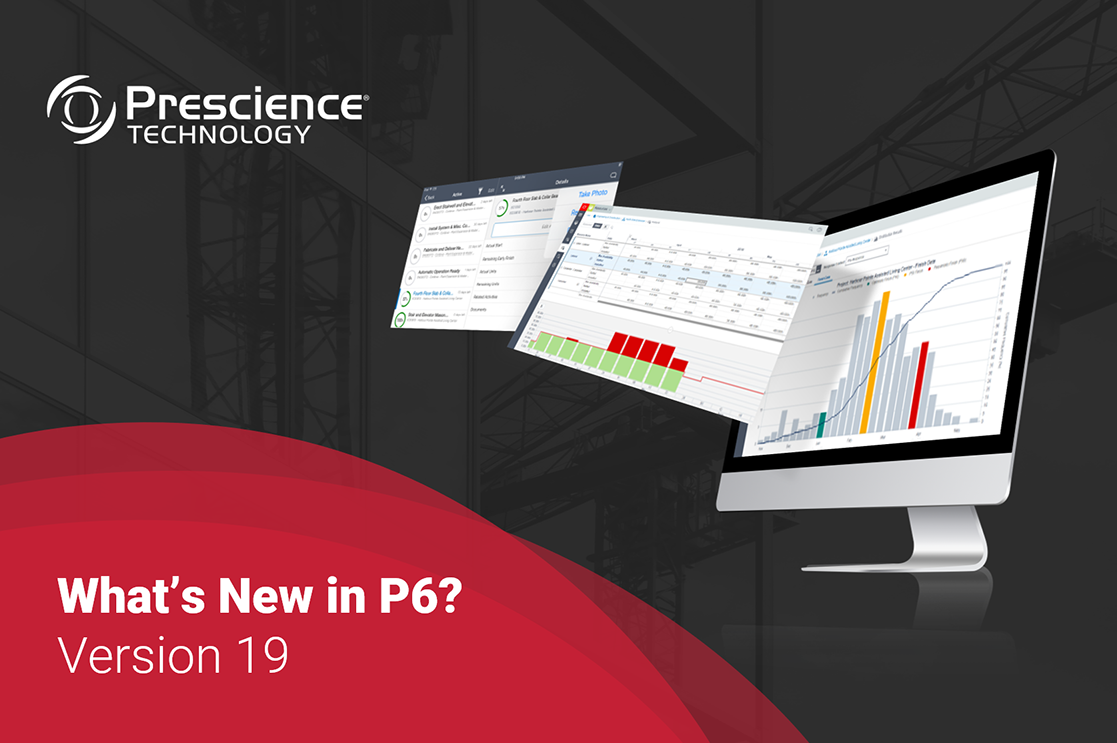The concept of enterprise resource planning dates back to as early as the 1960s when ‘Centralised Computer Systems’ were primarily used to support inventory management. Flash forward to the early 1990s and the formal term ‘Enterprise Resource Planning’ (ERP) was first used to describe inter-functional systems managing different business processes; including accounting, manufacturing, distribution management, project management and more.
Today, ERP systems are the backbone of most medium to large organisations, managing important processes throughout the entire enterprise. With the rise of technology, ERP systems have also evolved to embrace more disruptive technologies which include invoice scanning, automation, artificial intelligence and, of course, cloud ecosystems. ERP software ‘in the cloud’ can offer an affordable alternative to traditional, on-premise implementations while better rationalising the capital expenditure associated with an ERP implementation. The cloud has also provided opportunities for smaller businesses to take advantage of enterprise level technology.
As business becomes more globalised, more digitally driven and in many cases more complex, the systems that support us need to adapt to effectively support our processes.
Through the clients we assist and many of the strategic initiatives Prescience Technology is involved in, I have been encouraged by the level of commitment to continuous improvement within our client and user community. We witness and play a role in leveraging the investment that many organisations are actively making in progressing ERP upgrades, pursuing improvements to their processes and procedures, better understanding the impact of cloud, and developing cloud migration strategies.
Our inaugural State of ERP survey has allowed us to reach out to our Oracle ERP user community as well as to a broader set of non-Oracle ERP clients, to better understand the trends and challenges we are all seeing in the ERP marketplace.
ERP Systems Maturity
Participants were asked to describe the level of ERP systems maturity at their organisation. 56% of respondents indicated their organisation had an ERP system in place which was widely used, well integrated and supported the business effectively. 33% of respondents specified that the ERP system in place was not being used to full capacity or was not supporting the business well enough. 11% of respondents had no formal enterprise ERP system in place at all.
Level of ERP System Maturity
ERP in the Cloud
Participants were asked to describe their organisation’s level of ‘cloud readiness’ in relation to their ERP system. 30% of participant organisations are already on the cloud, while 17% are using a hybrid cloud solution for their ERP software. However, 79% of those already on cloud felt there were integration gaps or they were not using the system to full capacity. 13% of organisations are in the process of migrating to the cloud, and 17% have plans in place to migrate in the future.
The most common comments provided for the ‘greatest benefit of cloud adoption’ were regular updates, reduced hardware and IT expenditure, the ability to work offsite / remotely, and high performance.
Of those not already on the cloud, 62% indicated a lack of management support or prioritisation was one of the main reasons why and 13% indicated cost was a major factor.
Level of 'Cloud Readiness'
ERP Upgrades
Given the strategic importance of ERP for many organisations, most were proactive about improving and upgrading their systems, with 53% of participants indicating further upgrades were planned for the ERP system at their organisation; ranging from integrations with other systems (26%) to upgrading to a full SaaS solution (16%).






